The Four Key Components of the Farrier Veterinarian Relationship
In the horse world, everyone has a dream. Some people dream of being a weekend warrior or trail rider where simply enjoying the beautiful outdoors with their horses is the ultimate goal. Other people want to make it onto the Olympic team with their horse. Regardless of the dream, the goal is for the horse to stay healthy and injury-free.
A common threat to the dream is lameness. Lameness affects horses of all abilities and can range from subtle to chronic to severe, even resulting in euthanasia. Early in her career, Suzanne Jaynes, MVB at Equine Clinic at Oakencroft (ECO) was told that her job as a veterinarian was to fix the broken dream.
“It’s very important to establish what the goal is for the horse and the owner,” says Jaynes. “Once we know that, then our job is to give the horse the best quality of life but also fix that dream whatever it is.”
But as the saying goes, ‘it takes teamwork to make the dream work.’ The equine support team is made up of the owner, trainer, farrier, veterinarian, and anyone who interacts with the horse, including grooms and riders.
Grooms, trainers, and riders may be the first to see or feel when something is off, well before lameness sets in. When a horse is having performance issues, one of the first places to look is the feet, making the relationship between the farrier and veterinarian both critical and powerful.
Respect, communication, education, and camaraderie are key components that go into the farrier-veterinarian relationship.
Respect
The veterinarian provides anatomical and medical knowledge and experience whereas the farrier has more of a technical and mechanical skill set. When a farrier and veterinarian know, like, and trust each other, the combination of their unique skill sets allow for the achievement of the best possible outcome for the horse.
“There’s so much that vets have to offer and so much that farriers have to offer,” says Mike Isles, farrier and co-owner of Graphite Hill Farm. “If you have the two groups and they don’t ever get together then they may have false ideas of how the other side functions. This can cause friction. When everybody gets together and is able to put their heads together and work together it always helps to benefit the horse. And that’s really what we’re here for is to help the horse.”
Communication
As with any team, communication between professions is essential, along with the ability to listen to each other, evaluate what is said, and then contribute to the discussion based on the individual area of expertise.
“I can’t stress enough how vital it is in the overall workup of a case to work well with the farrier, owner, trainer, and the barn owner (if different from the trainer)” says Betsy Colarusso, DVM at ECO. “It’s essential to keep everyone in the loop and make sure that everybody’s free to say both the big and the little things that they find out about the horse. If it’s a foot issue then we need the farrier more involved. If it’s a muscle issue we may need more testing. If it’s a chiropractic issue we need to bring somebody else in or we may need to take x-rays, or do blood work. Open communication from everyone involved helps us make the correct diagnosis and provide the best care for the horse. Not to mention working as an effective team is just a great way to work,” says Colarusso.
Education
Education is key on both sides. Education promotes knowledge and understanding without which communication is ineffective. Veterinarians need a working knowledge of podiatry, but that is only one of many facets of veterinary medicine. The farrier devotes his entire focus to the horse’s foot. Furthermore, farriers need to have the education and skill level to maintain horses’ feet for all types of activity. This knowledge complements the education and skills of veterinarians when it comes to issues of the foot.
“With the sport horse, there are so many things that can set the horse off on the wrong track or make the horse uncomfortable and not perform to its full ability,” says Colarusso. “Farrier’s deal so closely with the horse’s feet which are a huge issue in lameness. On a day-to-day basis we work with farriers quite frequently, although not always directly together. We’re constantly asking, ‘did your farrier find anything wrong with the foot last week when he was here?’ Having the input of the farrier helps us to put all the pieces of the puzzle together.”
Camaraderie
Farrier nights are one way the team at ECO reinforces the respect, communication, education, and camaraderie of the farrier-veterinarian relationship.
For over a decade, ECO has been hosting joint practitioner educational clinics between veterinarians and local farriers. This annual multi-day conference started as a way for equine veterinarians to casually chat with local farriers on different cases. Over time they evolved into slightly more informal “Farrier Nights” that are now offered quarterly or seasonally.
At Farrier Night, food, beverages, and one or more lame horses await the practitioners. The horses are blocked and radiographs are taken. Farriers and veterinarians share their opinions on how they would trim and shoe the horse. Both parties have a chance to hear different ways a lameness issue could be handled while developing a broader view of approaching cases. These Farrier Nights help build camaraderie and establish working relationships between farriers and veterinarians. They give both professionals an opportunity to tackle tough cases and discuss treatment.
“When we know each other from these events we are better able to work together than if we were just two strangers that happen to meet up at the horse,” says Isles.
Farrier Nights at ECO have been invaluable to the collaborative partnerships between equine veterinarians and local farriers. It is the teamwork that truly makes the dream work.




